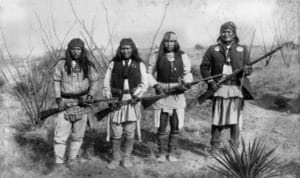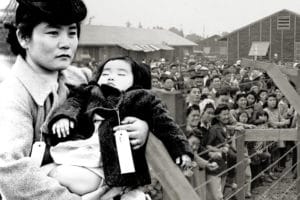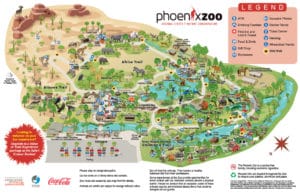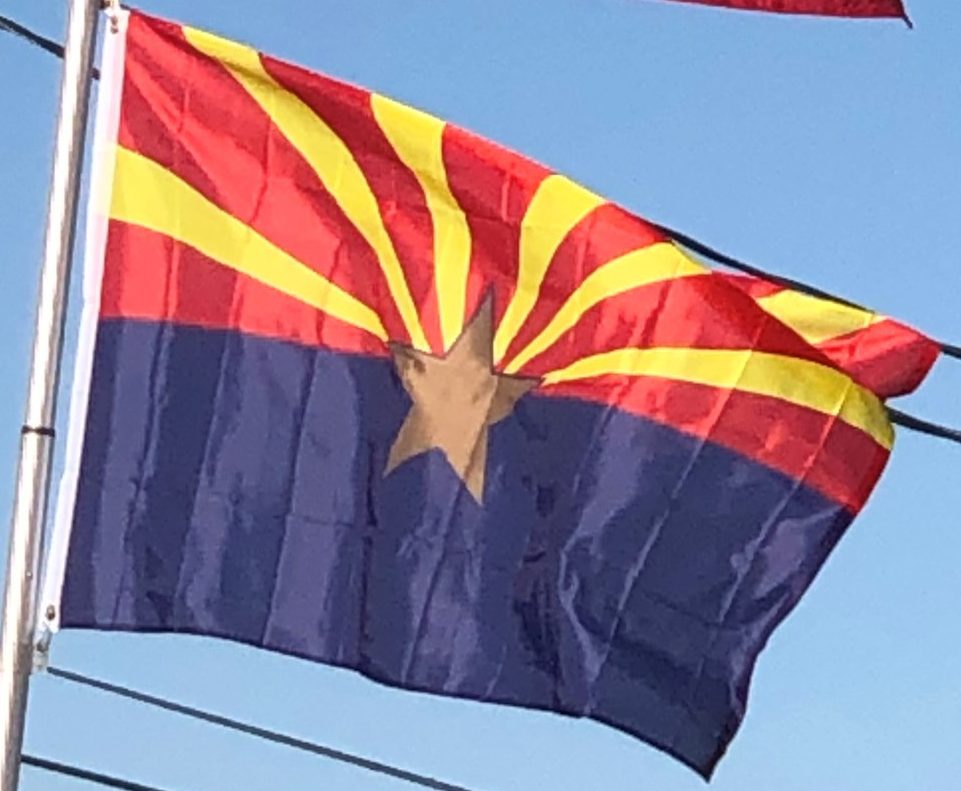After U.S. soldiers were fired on by Mexican federal troops, the American garrison launched an assault into Nogales, Mexico. The Mexicans eventually surrendered after both sides sustained heavy casualties. A few months earlier, just west of Nogales, an Indian War battle had occurred, considered the last engagement in the American Indian Wars, which lasted from 1775 to 1918. U.S. soldiers stationed on the border confronted Yaqui Indians who were using Arizona as a base to raid the nearby Mexican settlements, as part of their wars against Mexico.

Arizona became a U.S. state on February 14, 1912. Arizona was the 48th state admitted to the U.S. and the last of the contiguous states to be admitted.
Cotton farming and copper mining, two of Arizona’s most important statewide industries, suffered heavily during the Great Depression.

But during the 1920s and even the 1930s, tourism began to develop as the important Arizonan industry it is today. Dude ranches, such as the K L Bar and Remuda in Wickenburg, along with the Flying V and Tanque Verde in Tucson, gave tourists the chance to take part in the flavor and activities of the “Old West.” Several upscale hotels and resorts opened during this period, some of which are still top tourist draws. They include the Arizona Biltmore Hotel in central Phoenix and the Wigwam Resort on the west side of the Phoenix area.

Arizona was the site of German POW camps during World War II and Japanese-American internment camps. Because of wartime fears of Japanese invasion of the West Coast, the government authorized the removal of all Japanese-American residents from western Washington, western Oregon, all of California, and western Arizona. From 1942 to 1945, they were forced to reside in internment camps built in the interior of the country. Many lost their homes and businesses in the process. The camps were abolished after World War II.

The Phoenix-area German P.O.W. site was purchased after the war by the Maytag family (of major home appliance fame). It was developed as the site of the Phoenix Zoo.

A Japanese-American internment camp was located on Mount Lemmon, just outside the state’s southeastern city of Tucson. Another POW camp was located near the Gila River in eastern Yuma County.
Arizona’s population grew tremendously with residential and business development after World War II, aided by the widespread use of air conditioning, which made the intensely hot summers more comfortable. According to the Arizona Blue Book, published by the Arizona Secretary of State‘s office each year, the state population in 1910 was 294,353. By 1970, it was 1,752,122. The percentage growth each decade averaged about 20% in the earlier decades, and about 60% each decade thereafter.
In the 1960s, retirement communities were developed. These were special age-restricted subdivisions catering exclusively to the needs of senior citizens; they attracted many retirees who wanted to escape the harsh winters of the Midwest and the Northeast.
